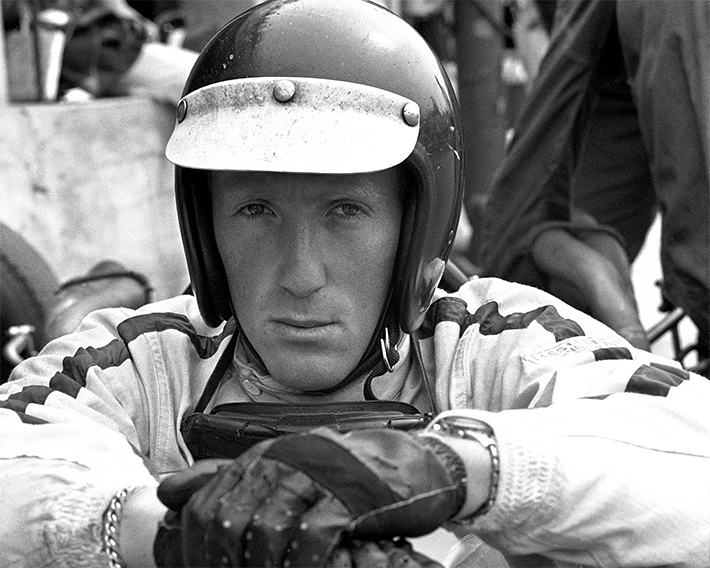Jochen Rindt Biography
Rindt was born in Germany in 1942 of Austrian and German parentage. His parents died under Allied bombing in 1943 and he was taken to Graz in Austria where he was brought up by his grandparents. He took his place in the family spice importing business on leaving school, but his interest in motor sport led him to saloon racing in 1962. He raced an uncompetitive Formula Junior Cooper in 1963 and did surprisingly well, which brought him to the attention of Ford of Austria who backed his F2 Brabham-Cosworth in 1964. He made his mark in two F2 events in England, a 2nd at Mallory Park and win at Crystal Palace, London, against top-class opposition. Based on these results he was asked to join Bruce McLaren in the Fl Cooper team for 1965.
The Coopers were uncompetitive but Rindt manage 4th place in the German GP and 6th in the American. During this period drivers would supplement their income by continuing to drive in Formula 2. Rindt started a long association with Roy Winkelmann’s private Brabham team, winning at Rei and taking 3rds at Pau and Vallelunga. He was already something of a national hero in Austria, and won the Prix du Tyrol at Innsbruck in an Abarth 2000. The Rindt driving style was distinctive, apparently reckless but in fact consistent and very fast. He shared a works Porsche 8 with Bonnier in the Nurburgring 1,000 Kilometers to finish 3rd, and then won Le Mans, sharing a NART Ferrari 275LM with Masten Gregory, after the Fords and works Ferraris had broken down.
No Subscription? You’re missing out
Get immediate ad-free access to all our premium content.
Get Started



